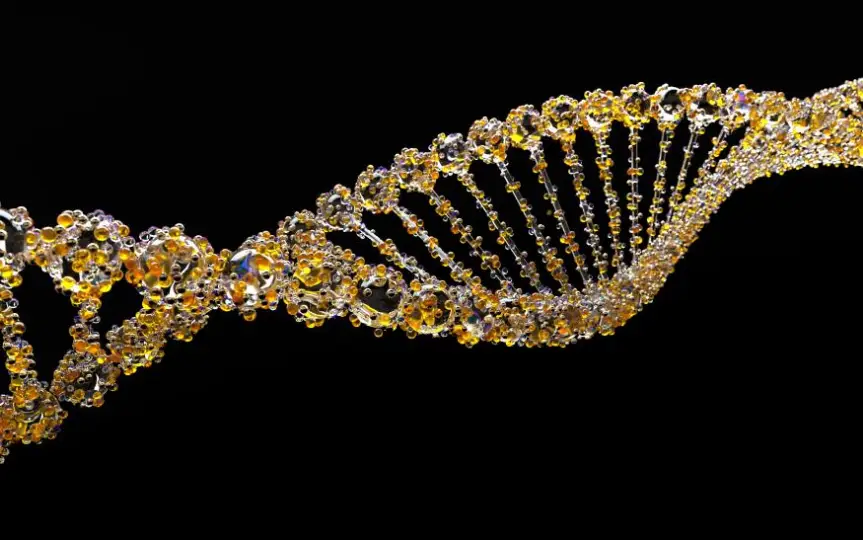Researchers Create Bacteria to Identify Cancer Cells
A new technology has been created by a team of scientists from around the world that could aid in the detection and treatment of cancer in difficult-to-reach areas like the colon. The team has published a paper in the journal Science detailing their technique, which they have named CATCH, short for cellular assay for targeted, CRISPR-discriminated horizontal gene transfer. In their laboratory experiments, the scientists utilized a type of bacterium known as Acinetobacter baylyi. This particular bacterium has the natural ability to absorb DNA from its surroundings and incorporate it into its own genetic makeup, enabling it to generate new proteins for growth.
The scientists engineered A. baylyi bacteria to contain long DNA sequences that mirror the DNA found in human cancer cells. These sequences act as a kind of half of a zipper that locks onto the captured cancer DNA. In their experiments, the researchers focus on the mutated KRAS gene, which is commonly found in colorectal tumors. If the A. baylyi bacterium finds the mutated DNA and integrates it into its genome, the associated antibiotic resistance gene is also activated. This is what the team used to confirm the presence of cancer cells: After all, only bacteria with active antibiotic resistance can grow on culture plates filled with antibiotics.
Although researchers were able to detect tumor DNA in mice injected with colon cancer cells in the laboratory, the technique is still not ready to be used in actual diagnosis. The team said it is still working on next steps, including improving the technology’s effectiveness and evaluating its performance against other diagnostic tests. “However, the most exciting aspect of cellular health care is not simply detecting disease. The lab can do that,” Dan Worthley, one of the study’s authors, wrote in The Conversation. In the future, the technology could also be used for targeted biological therapy, which can spread treatment to specific parts of the body based on the presence of specific DNA sequences.




